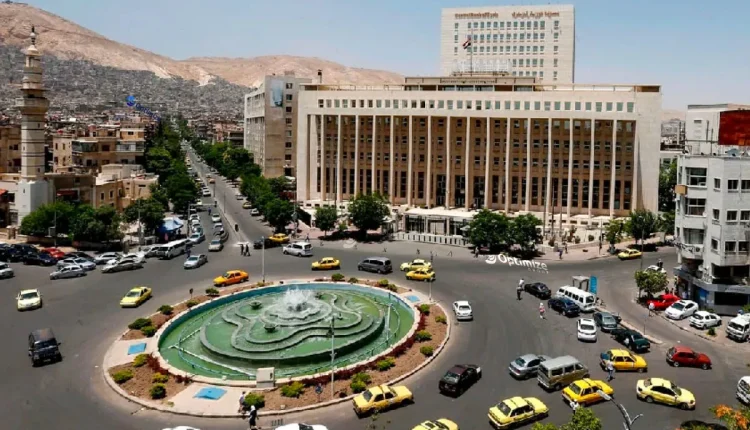Syrian Air Defenses Intercept Drones over Damascus Amid Escalating Conflict
DAMASCUS, Syria (North Press) – On Thursday, Syria’s Ministry of Defense announced that the country’s air defense systems successfully intercepted and shot down two enemy drones in the skies above Damascus. No casualties or material damage were reported from the interception.
The drone attack occurred as Syrian government forces were dealing with the ongoing military operations in central Syria. HTS (Hay’at Tahrir al-Sham), formerly known as Jabhat al-Nusra, and Turkish-backed factions had recently seized control of the city of Hama, forcing Syrian government troops to withdraw from the area.
The Syrian Ministry of Defense confirmed the interception, saying through a military source, “Our air defense systems recently thwarted hostile drone activity in the skies over Damascus, downing two drones without causing any human casualties or material losses.”
Rising Tensions and Escalation
The interception of the drones coincides with an ongoing military escalation in northern and central Syria. Over the past week, HTS and other opposition factions have intensified their attacks, capturing critical urban centers such as Hama and Aleppo from government forces. These developments have raised concerns about further destabilization, especially as Syrian forces adjust their positioning in response to the shifting battlefield dynamics.
While the specific origin of the drones remains unclear, this interception is seen as part of a broader pattern of increased aerial and missile strikes in Syria. Both sides of the conflict—government and opposition—have increasingly relied on drone technology for reconnaissance and targeted strikes, further complicating the already volatile situation.
Syrian Government’s Response
The Syrian government’s response to these drone attacks highlights the growing importance of air defense capabilities as the war enters its next phase. With major cities and military installations under constant threat from air and drone strikes, Syria has emphasized the need to strengthen its air defense systems. The recent downing of these drones near Damascus may signal increased vigilance by the Syrian military against aerial threats as foreign involvement in the conflict continues to expand.
Context of the Incident
The timing of the drone interception is significant, given the major territorial losses suffered by the Syrian government in the central regions of Syria. In addition to losing Hama, the Syrian government faces challenges in securing its positions in Idlib and Aleppo. The developments in Hama, which was captured by opposition factions, have further complicated Syria’s military posture. The military withdrawal from Hama was framed as a strategic decision to protect civilians, yet the situation remains precarious.
Drones as a New Frontline Threat
The use of drones has become increasingly prominent in the Syrian conflict. Both the Syrian government and opposition forces have deployed drones for surveillance, intelligence gathering, and even for delivering explosives on the battlefield. The aerial nature of these attacks makes them particularly difficult to defend against, especially for ground forces that are already stretched thin due to ongoing engagements.
This latest incident underlines the evolving nature of warfare in Syria, where technology continues to play a pivotal role in shaping the outcomes of military operations. Syrian air defense systems, which have received support from Russia and other allies, are often put to the test in countering various threats, including drones, missiles, and airstrikes.
The Bigger Picture
The recent increase in drone-related incidents is likely a response to the growing military pressure on both sides of the conflict. As HTS and Turkish-backed forces make gains in the northwest, Syrian forces and their allies, including Russia, are intensifying their focus on aerial defense. The involvement of foreign-backed militias and drones complicates efforts to restore stability, making each air defense interception a significant victory in the broader struggle for control.
With ongoing clashes across multiple fronts, Syria’s military remains in a delicate balancing act, seeking to defend strategic areas while managing increasingly sophisticated aerial threats. As such, air defense operations in Damascus and elsewhere are likely to become more frequent as tensions continue to rise.

